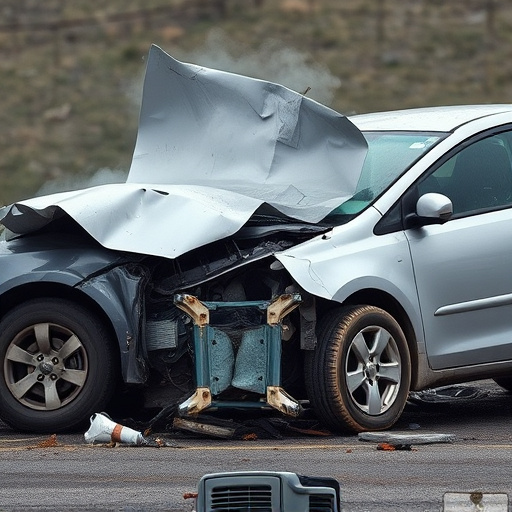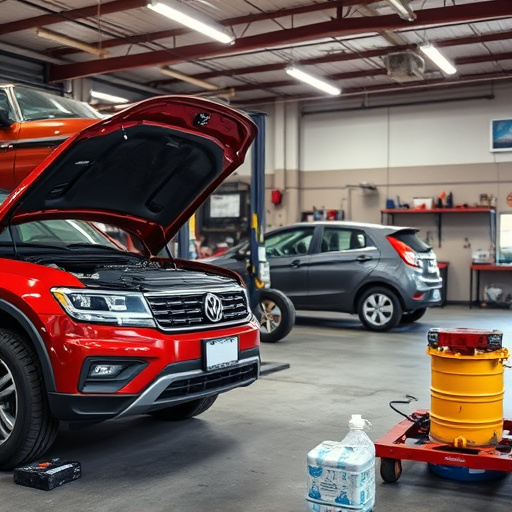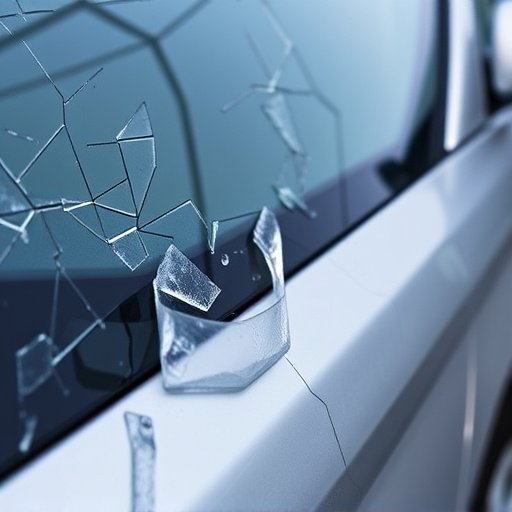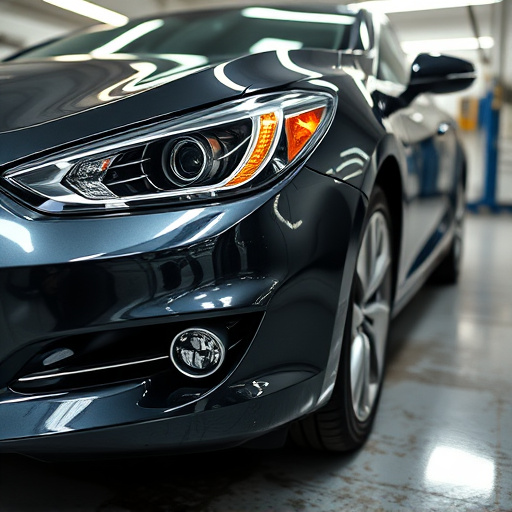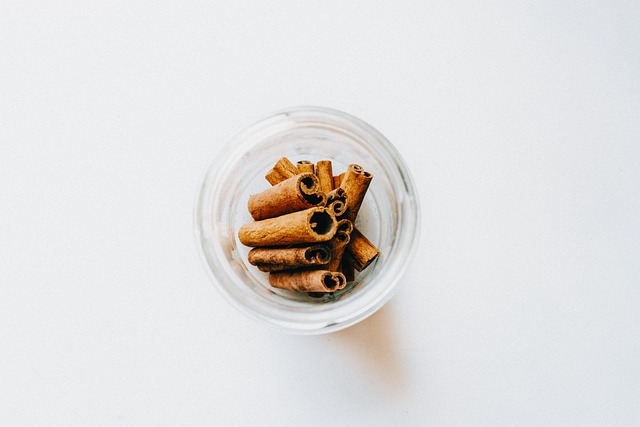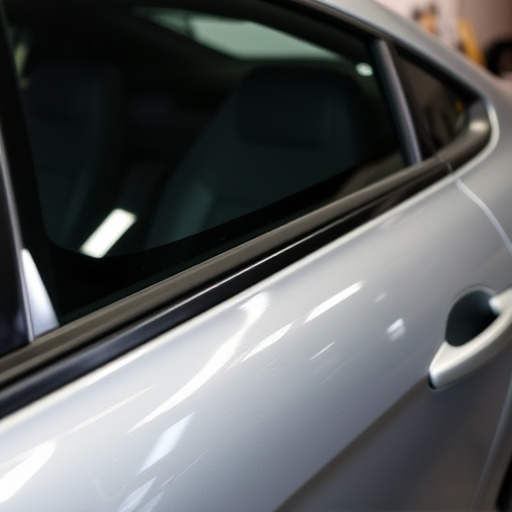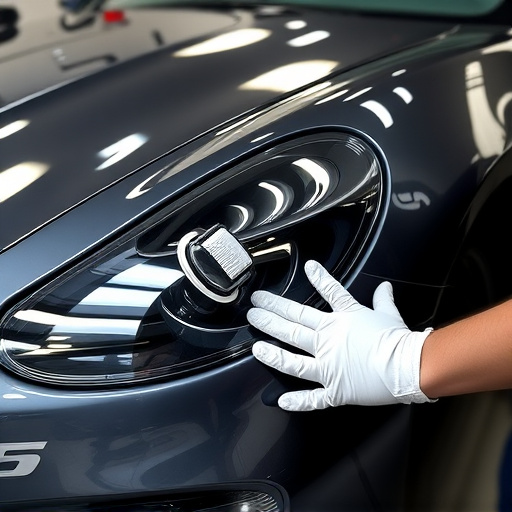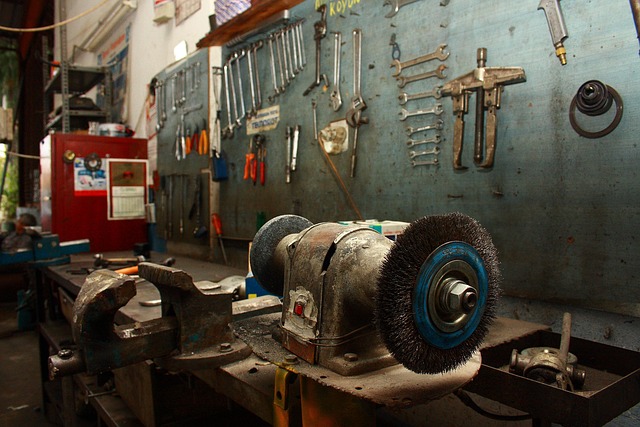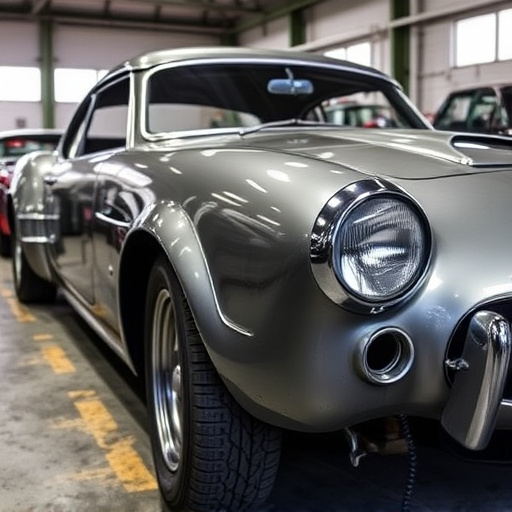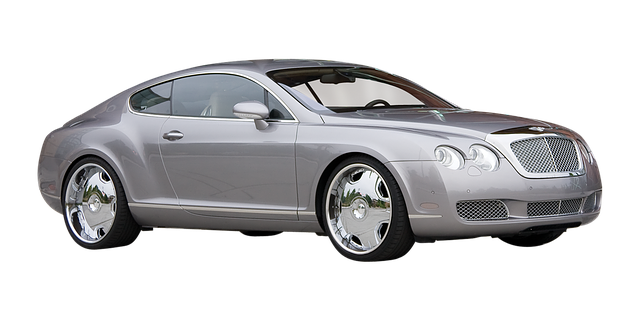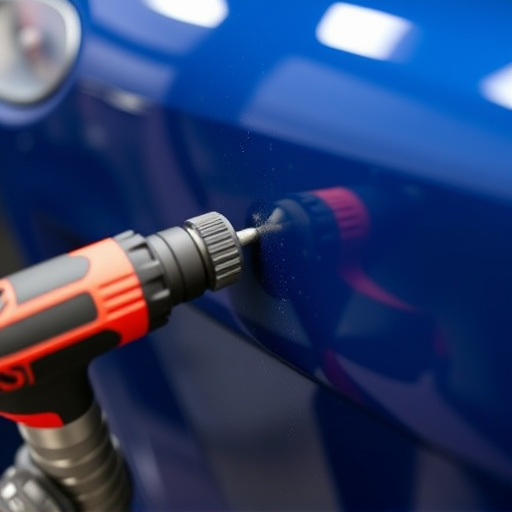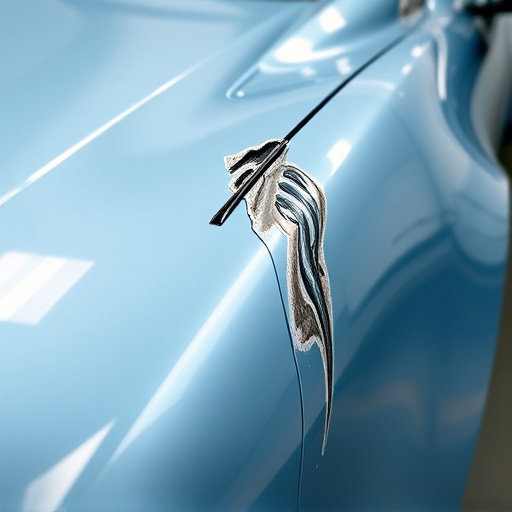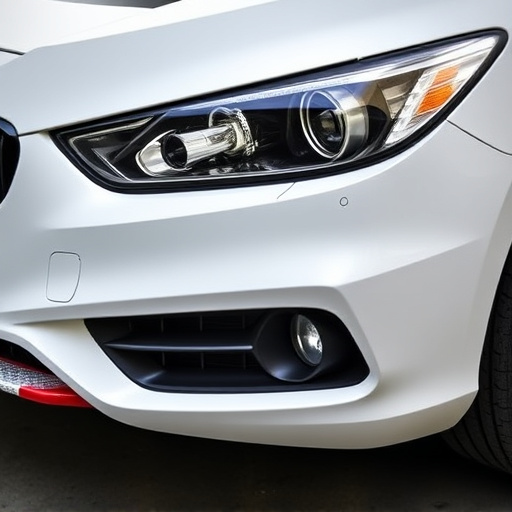Metal fabrication collision repair is a blend of art and science, focusing on structural integrity, aesthetics, and safety. Technicians use advanced tools like lasers, CAD design, and 3D printing to create tailored solutions for various damage scenarios, adhering to high quality standards. Balancing visual appeal and strength involves meticulous techniques from precision stamping to laser welding, painting, and proper panel replacements, ensuring durable and reliable vehicle restoration.
The art of metal fabrication collision repair is a precise blend of technical skill and creative thinking. In this modern era, understanding the intricacies of metal fabrication techniques is crucial for efficient collision repair work. From traditional welding methods to advanced robotic systems, tools and equipment play a pivotal role in achieving optimal results. This article explores the fascinating intersection of art and science in metal fabrication collision repair, delving into techniques, tools, and the delicate balance between restoring aesthetics and maintaining structural integrity.
- Understanding Metal Fabrication Collision Repair Techniques
- Tools and Equipment in Modern Collision Repairs
- Restoring Aesthetics vs Structural Integrity in Metal Fabrication
Understanding Metal Fabrication Collision Repair Techniques

Metal fabrication collision repair is a complex process that combines artistic precision with scientific principles. It involves more than just fixing damaged parts; it’s about restoring structural integrity, maintaining aesthetic appeal, and ensuring safe operation of vehicles. Skilled technicians in car repair shops use a variety of techniques to achieve these goals, leveraging their knowledge of metalworking to create solutions tailored to each unique collision scenario.
Understanding these techniques is crucial for both professionals in body shop services and consumers looking for repairs. From laser cutting and welding to computer-aided design (CAD) and 3D printing, modern car repair services employ innovative tools and technologies. These advancements enable precise measurements, accurate replicates of original components, and seamless integration, ultimately leading to superior results that match the quality of the original manufacturing standards.
Tools and Equipment in Modern Collision Repairs

In modern metal fabrication collision repairs, a wide array of specialized tools and equipment play a pivotal role in achieving precise and seamless results. These include robust welding machines capable of handling various materials and techniques, from arc welders for general steel work to laser cutters for intricate design elements. Additionally, computer-aided design (CAD) software empowers technicians with accurate measurements and designs, streamlining the repair process.
Beyond welding, essential tools in vehicle repair services encompass power grinders for smoothing and shaping metal, sanders for meticulous finishing, and compressed air systems for debris removal. In the realm of bumper repair, hydraulic presses are invaluable for straightening damaged panels while automated paint spas ensure a flawless auto painting finish. This combination of cutting-edge technology and specialized tools ensures that metal fabrication collision repairs meet the highest standards of quality and precision.
Restoring Aesthetics vs Structural Integrity in Metal Fabrication
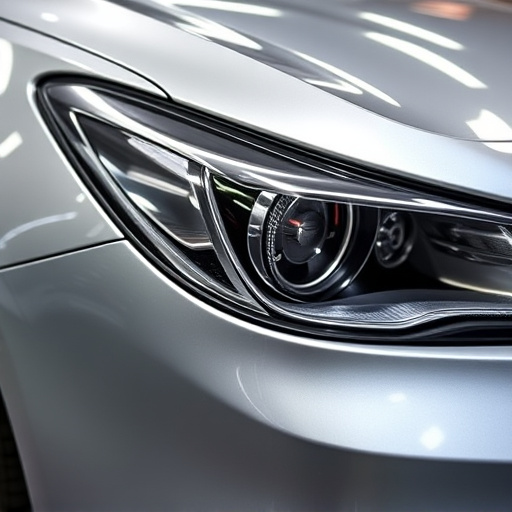
In metal fabrication collision repair, balancing aesthetics and structural integrity is a delicate art. While restoring a vehicle’s external beauty is crucial for its resale value and customer satisfaction, ensuring the car’s structural soundness takes precedence. A skilled technician must carefully assess each dent or damage, considering both visual appeal and underlying strength. Techniques like precision stamping, computer-aided cutting, and laser welding allow for accurate removal of dents while preserving the vehicle’s original design and integrity.
In automotive body work, achieving a seamless finish requires meticulous attention to detail. This involves not only fixing the visible car dent repair but also checking for hidden damage that could compromise structural integrity. As with any metal fabrication process, proper techniques like spot welding, panel replacement, and priming/painting are essential to create a durable, visually pleasing outcome. Thus, combining art and science in collision repair ensures not just a car with a beautiful exterior, but one that’s safe and reliable on the road.
Metal fabrication collision repair combines artistic precision with scientific technique. By understanding the intricacies of various metal fabrication techniques, utilizing advanced tools and equipment, and prioritizing both aesthetic restoration and structural integrity, professionals in this field are able to transform damaged vehicles into like-new condition. The art and science behind metal fabrication collision repair continues to evolve, ensuring that today’s vehicles are not only safe but also beautifully restored.
